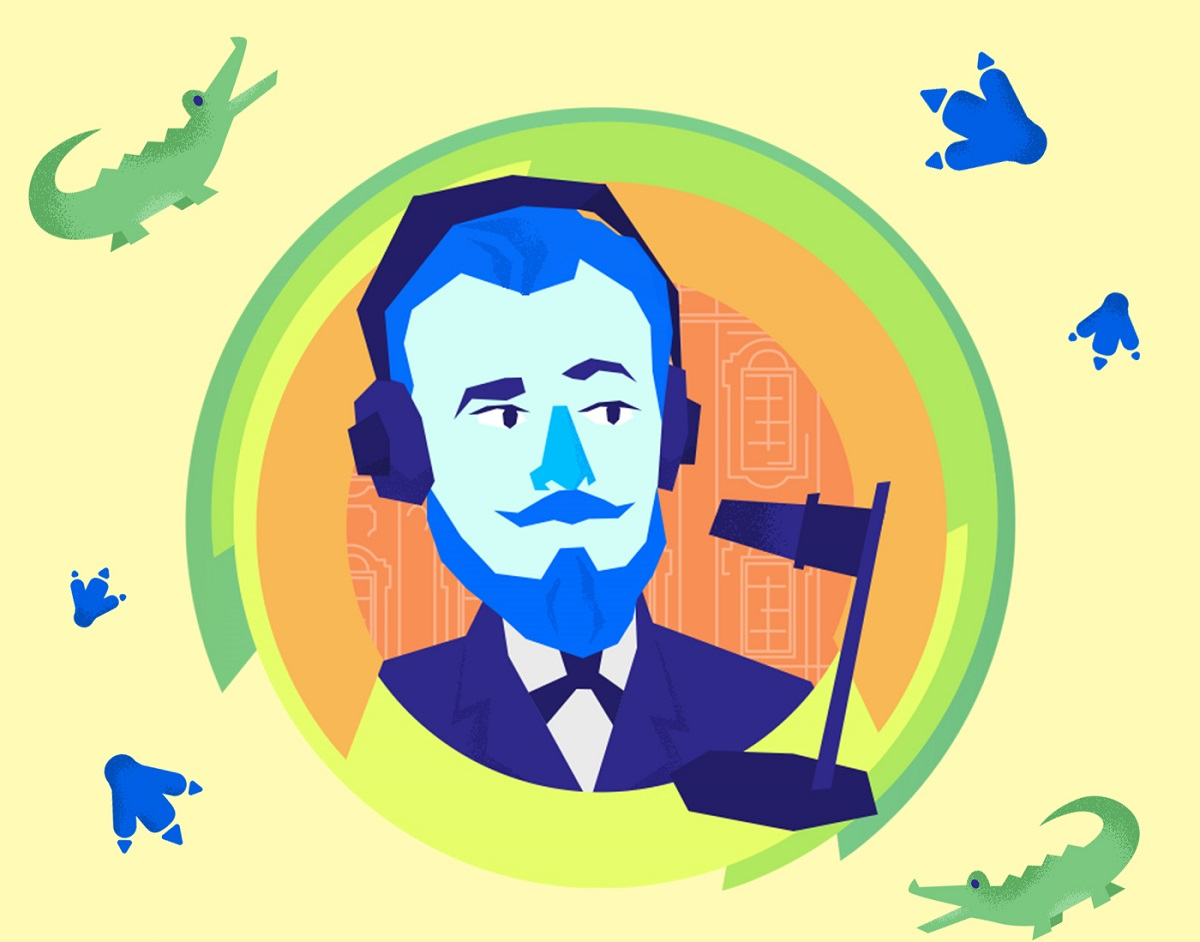Heinrich Terahertz podcast: St Petersburg University palaeontologist speaks about the ancestors of crocodiles that looked like dogs

The guest of the 23rd episode of the popular science podcast of St Petersburg University is Ivan Kuzmin, a palaeontologist and Associate Professor in the Department of Vertebrate Zoology at St Petersburg University He spoke about crocodylomorphs, which include modern crocodiles, their ancestors and the breadth of the evolutionary path taken by this group.
Crocodylomorphs are a group of archosaurs that includes modern crocodiles and their direct ancestors. They appeared about 250 million years ago and went through a series of evolutionary changes. Modern crocodiles are only a small part of this larger system.
Early Crocodylomorphs looked like dogs, said Ivan Kuzmin. They moved around on four legs and occupied terrestrial environments. Like dinosaurs, they first appeared in the Triassic period about 250 million years ago.
Describing the evolutionary path, we can say that these animals tried everything. What they did not try was flying. In other words, they were of different sizes and had different lifestyles. There were five or six "transitions from aquatic to terrestrial lifestyle." We can say that they had a stormy evolutionary youth.
Ivan Kuzmin, a palaeontologist and Associate Professor in the Department of Vertebrate Zoology at St Petersburg University
Crocodylomorphs were both warm-blooded and cold-blooded. Both terrestrial and fully aquatic animals, more like whales than crocodiles. Some species were nocturnal animals that were adapted to live in caves. Some fossil representatives of the species were even herbivores. The diversity of sizes was no exception. The largest fossil specimens reached 12 metres, while modern specimens do not exceed half a metre in length.
However, almost all of these animals are now extinct, giving way to the 28 modern species of crocodiles. In the scale of almost 500 species of fossil crocodylomorphs, this makes only a small fraction. It was the ability to change, evolve and occupy the most diverse niches in the food chain that allowed these animals to survive for more than 250 million years, said Ivan Kuzmin.
Palaeontologists from St Petersburg University, including Ivan Kuzmin, have been studying these animals for many years. Previously, they were the first to model the braincase of modern crocodiles, having studied more than 70 of their 3D models. They also identified the most ancient ancestor of modern crocodiles from a skull found in Portugal. Recently, they modelled the braincase and neuroanatomy of a Kansajsuchus from skull fragments.

